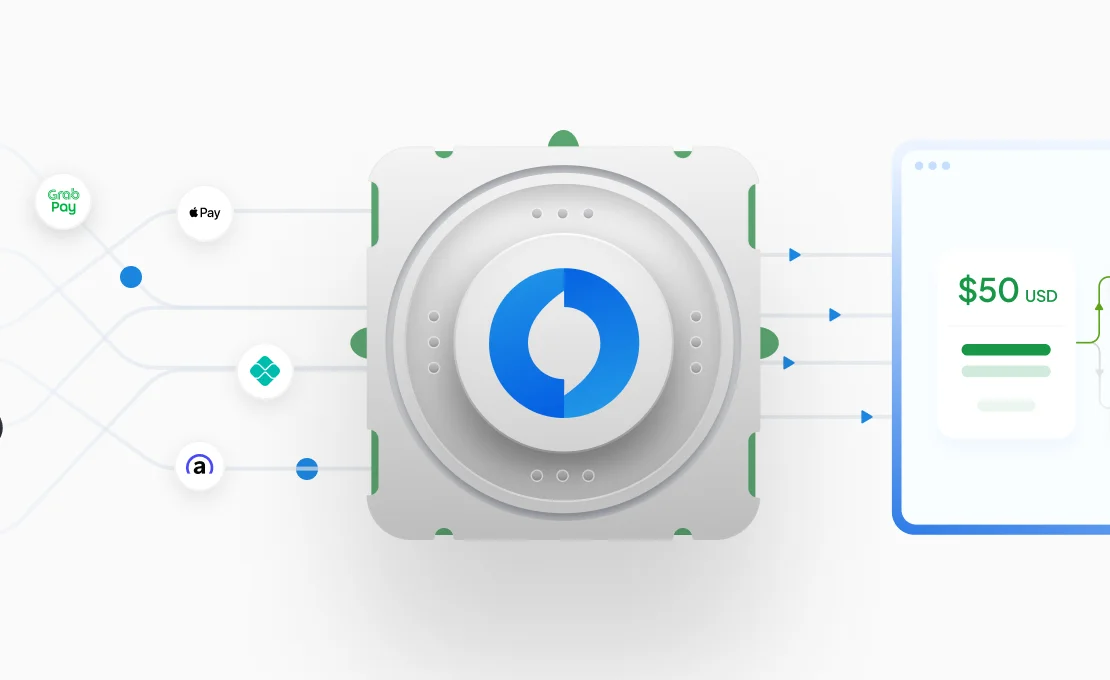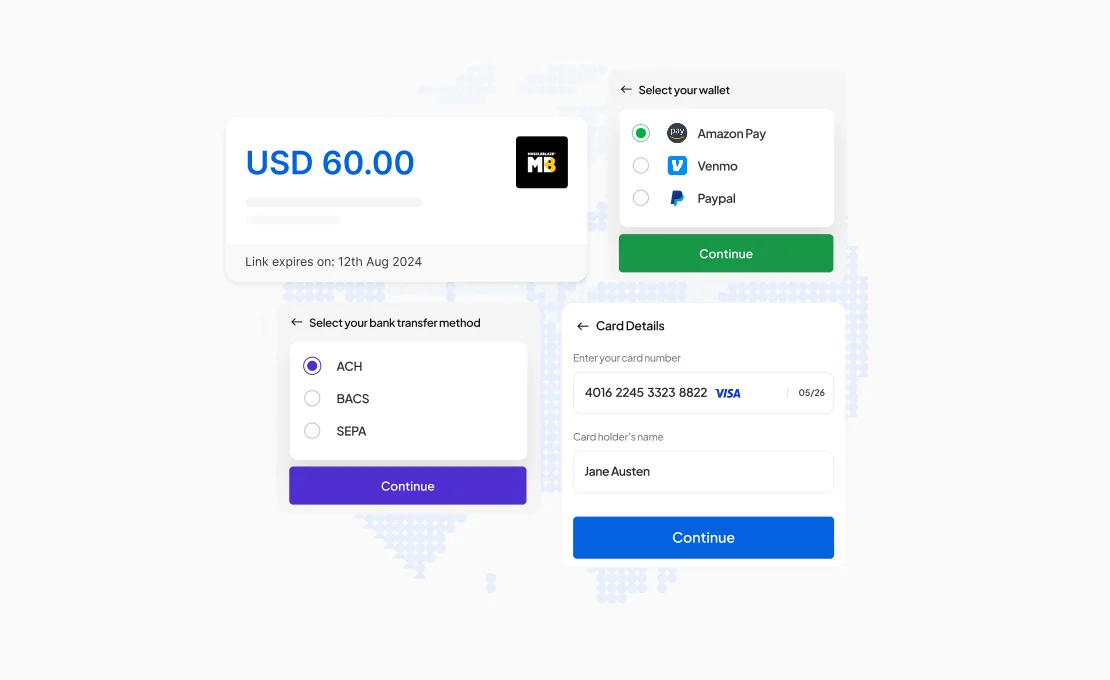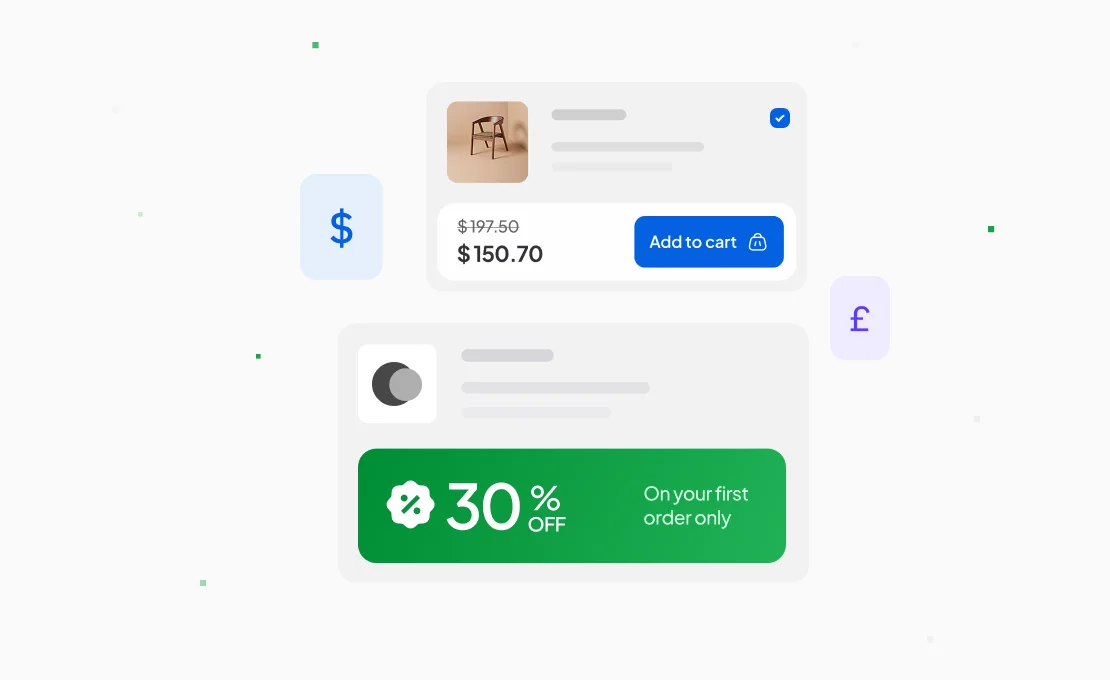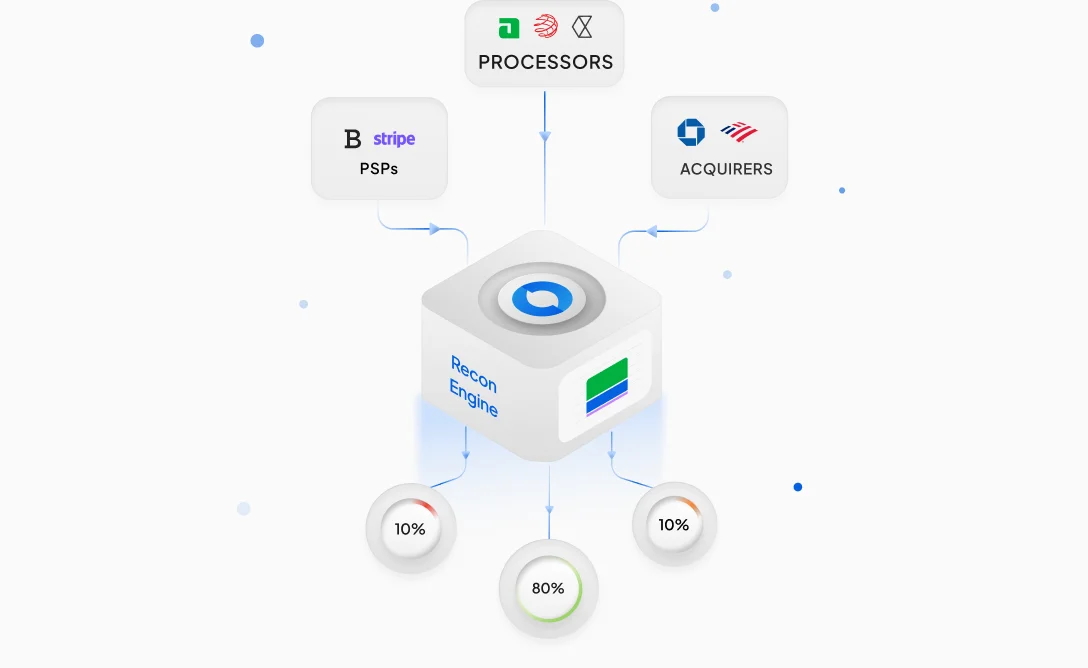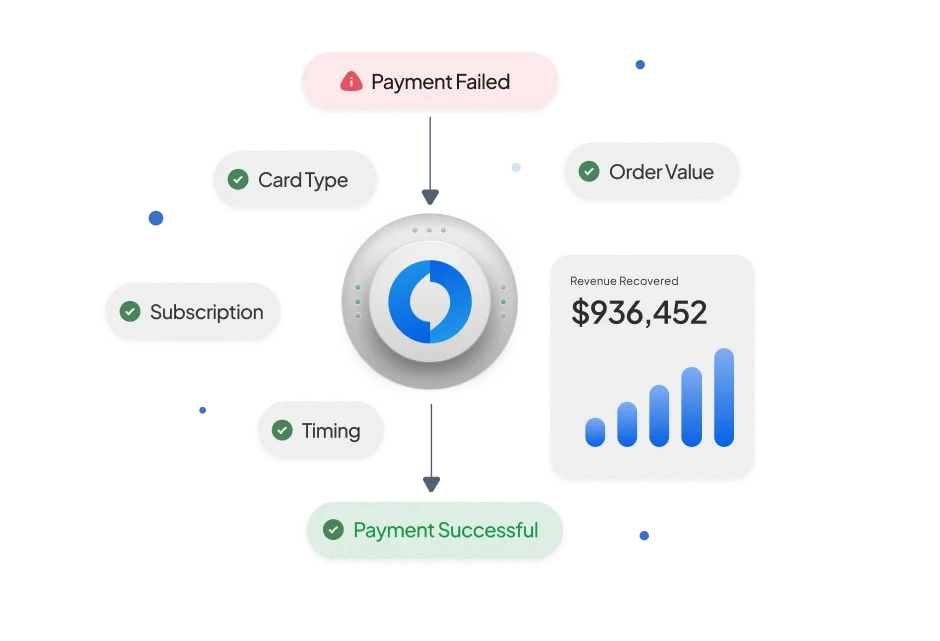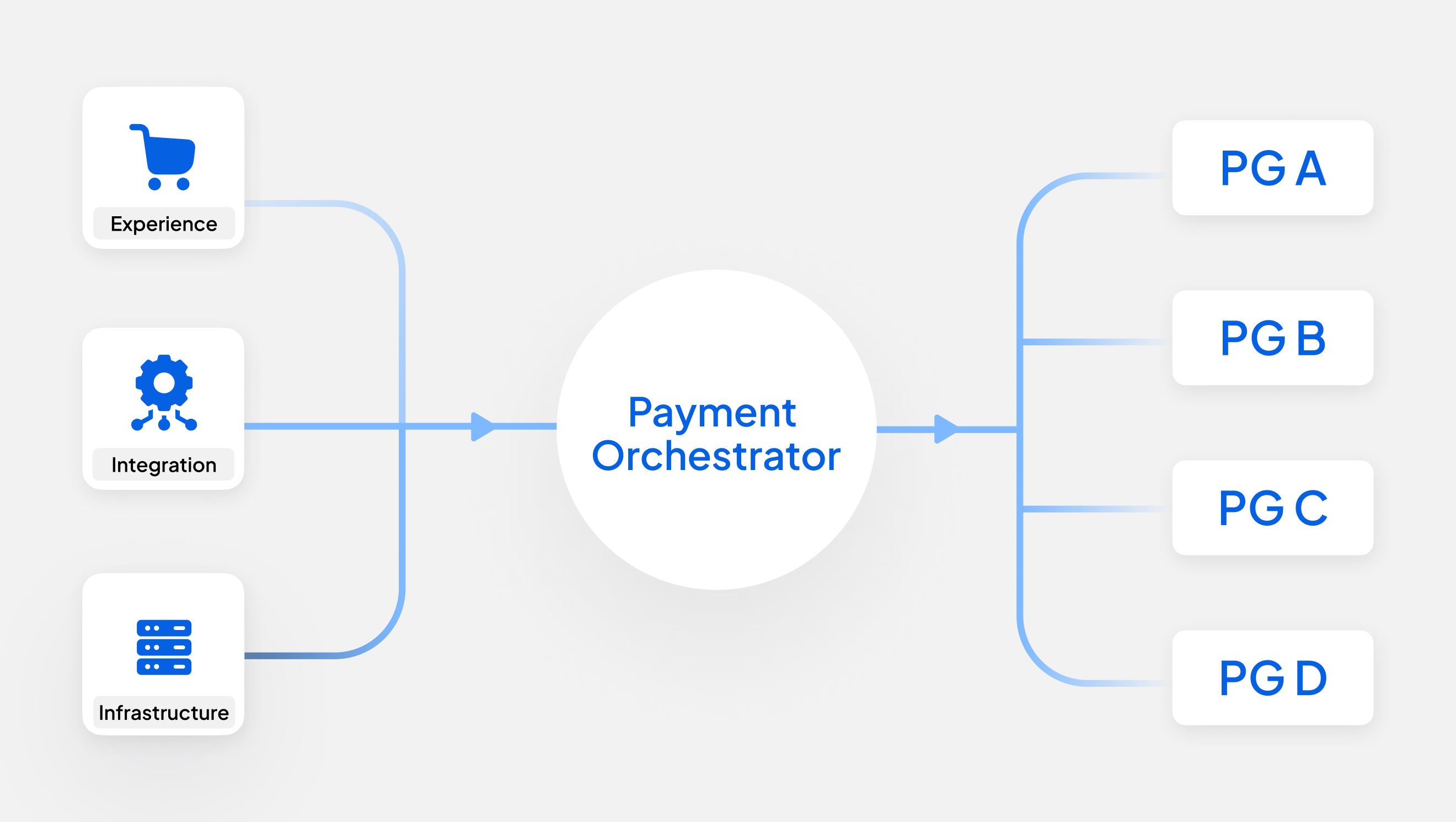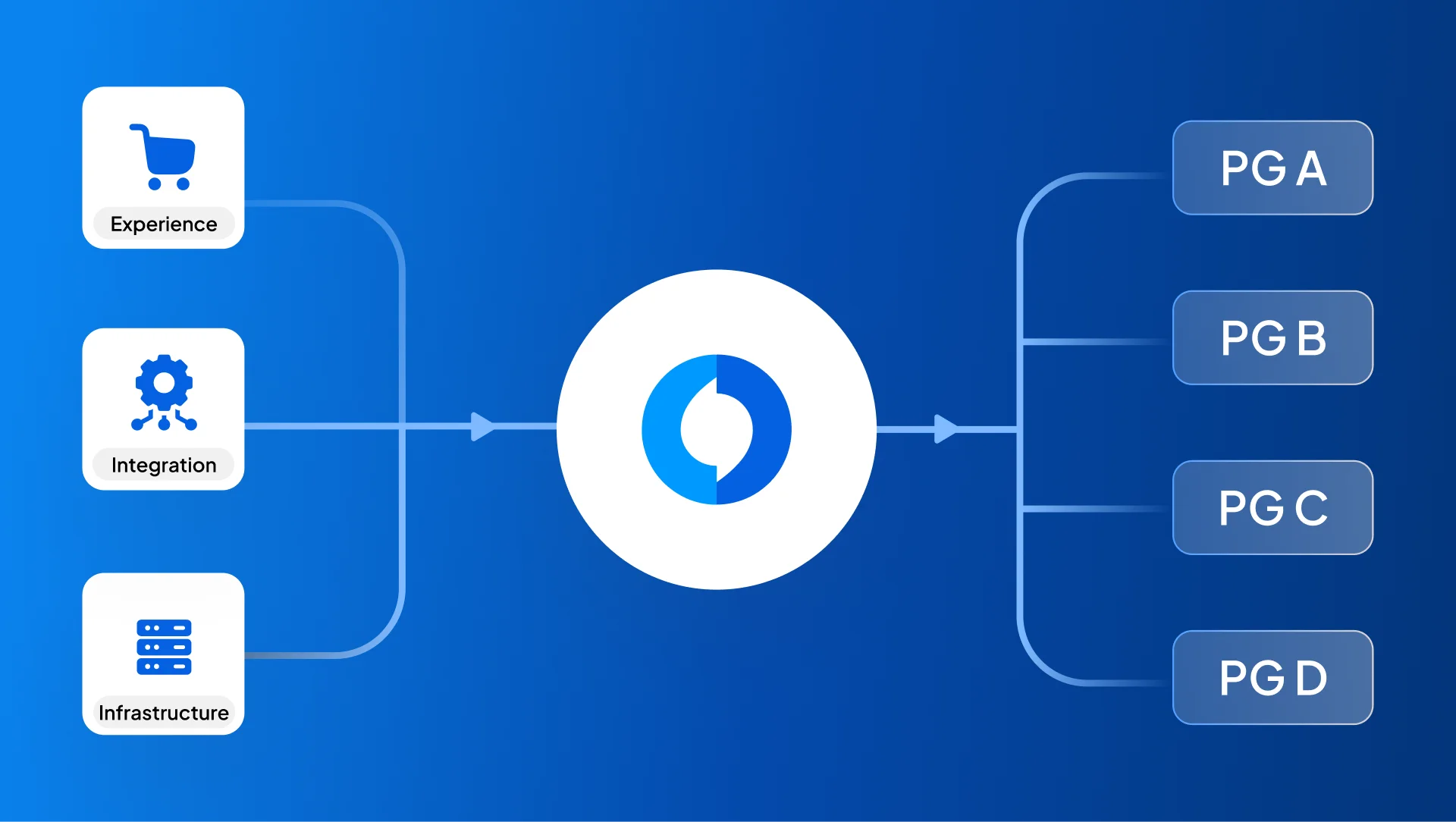For small business owners, every transaction should bring in more than just revenue, it should protect your margins, power your cash flow, and simplify operations. But the reality can be different. Payment processing may often turn into a confusing maze of hidden fees, unclear contracts, and one-size-fits-all pricing. What seems like a minor operational choice can quietly become a major financial drain. To avoid hurting your customer experience and unnecessary costs, you need more than just a provider. You need a cost-effective processing strategy that aligns with how your business actually runs.
In this blog, we walk through points on how to choose the right payment processor for your business, from understanding hidden fee structures and pricing models to evaluating provider contracts.
Understanding the True Cost of Accepting Payments
The most common mistake small business owners make is focusing solely on the advertised percentage rate. The true cost is a far more complex equation, composed of various fee structures and pricing models. Understanding these components is the first step toward making an informed decision.
The Complete Fee Lexicon
Beyond the core pricing model, your monthly statement will include a variety of fees. Being able to identify and question these charges is crucial.
- Transactional Fees: These are charged for every transaction and include the wholesale interchange and assessment fees (paid to card networks) and the processor's markup.
- Recurring Fees: These are fixed monthly or annual charges, regardless of your sales volume. Common examples include statement fees, PCI compliance fees (for data security standards), and monthly minimum fees (charged if your transaction fees don't reach a certain threshold).
- Incidental Fees: These are situational charges that can add up quickly if you're not careful. The most common is the chargeback fee, a penalty assessed whenever a customer disputes a charge, regardless of the outcome.
It is advisable to request a comprehensive itemization of all associated fees that include all recurring monthly charges as well as any applicable minimums and infrequent charges like chargebacks. Such a detailed overview facilitates effective financial oversight.
Having outlined the range of fees that may apply, the next consideration is the structure through which processors present and bundle these charges.
Decoding the Pricing Models
Processors typically structure their fees using one of three models. The one you choose can dramatically alter your monthly costs. Processors charge fees in three ways:
- Flat-Rate: A single, per-transaction fee. Simplest, best for startups or businesses with total monthly volumes under $50,000/month.
- Interchange-Plus: Most transparent. The processor passes on direct card network interchange costs and adds a fixed markup. More cost-effective for businesses processing over $50,000–$100,000/month in transaction volumes.
- Tiered Pricing: Bundles interchange rates into broad tiers (e.g., "Qualified," "Mid-Qualified", and "Non-Qualified"). Not recommended due to lack of transparency and potential for overcharging.
For small merchant businesses, flat-rate can be simplest. Once you consistently process over roughly $50,000–$100,000 per month in sales, interchange-plus is usually more cost-effective. If you’d like a deeper dive into interchange and blended pricing models, check out this article here.
A Strategic Framework for Selecting Your Payment Partner
With a clear understanding of the costs, you can begin the process of selecting a provider. This requires a systematic approach that starts with an internal audit of your own business.
Step 1: Audit Your Business Needs
Before you can compare providers, you must have a clear picture of your transaction profile. Consider a factor of your monthly processing volume, average ticket size, sales channels (in-person vs. online), customer payment preferences, and model-specific needs like subscriptions or invoicing. Let’s walk through what each one of them tells about your business needs :
- Transaction Volume & Size: The most crucial first step is to calculate the business's current or projected average monthly processing volume and its average transaction value. This data is the primary determinant of the most cost-effective pricing model. For example, a business with a high volume of low-value transactions might prioritize a low per-transaction fee, while a business with fewer, high-value sales will be more sensitive to the percentage rate. In practice, knowing these numbers allows you to forecast monthly costs more accurately and avoid surprises when scaling.
- Customer Base & Payment Preferences: Understanding how customers prefer to pay is essential for maximizing sales. The chosen processor should support the payment methods that are most popular with the target demographic, which may include standard credit and debit cards, digital wallets like Apple Pay and Google Pay, direct bank transfers (ACH), or even Buy Now, Pay Later services. Ignoring these preferences can create friction at checkout and even cost you sales.
- Business Model Requirements: Specific business models have unique needs. For example, a subscription-based business - like a meal service business - would need strong support for recurring billing that helps it avoid any extra charge. A service-based business, such as a salon, may benefit from integrated invoicing and easy mobile payments. Retail or restaurant owners might prioritize hardware that works seamlessly at the counter. Matching your processor’s features with your business model ensures smoother operations and reduces hidden costs over time.
Step 2: Evaluate the Provider and the Contract
Once you know what you need, you can evaluate potential partners on more than just price.
- The Hidden Cost of Disconnected Systems: The true cost of a payment processor isn't just its fees. A system that lacks seamless integration with any accounting software or inventory platform creates a significant "additional cost" through extensive manual data entry and reconciliation. A provider with slightly higher fees but superior, automated integration can ultimately offer a much lower total cost of ownership.
- Scrutinize the Merchant Agreement: The Merchant Processing Agreement (MPA) is a legally binding contract. Look for a month-to-month agreement with no early termination fee (ETF). Be wary of multi-year contracts that lock you in and may include steep penalties for leaving. The agreement should contain a comprehensive schedule of all potential fees, if a provider is unwilling to be transparent, walk away.
- Settlement Time: The time it takes for funds to be deposited into your bank account directly impacts your cash flow. The standard is one to three business days. Some providers offer next-day or even instant funding, which can be a valuable service, though it may come with an added cost.
Mistakes to Avoid and Signs to Switch Provider
The payment industry is complex, and business owners often face challenges in understanding its details. The most common mistake is being drawn to the lowest advertised rate, which usually might apply only to a few transactions. What really matters is the effective rate - your total monthly fees divided by total sales. A provider with a “cheap” headline rate may end up costing more once hidden, incidental, or downgraded fees are added.
Your best defense is to demand transparency. Look for providers that offer clear pricing models like Interchange-Plus or Flat-Rate, and avoid any that can’t explain their statements or fees in plain terms.
It may also be time to switch processors if you’re consistently paying over 3% without clarity, receiving confusing statements, dealing with poor support, or if your business has outgrown your current setup, such as moving from in-store to online sales or needing better accounting and e-commerce integrations.
Conclusion: A Strategic Partnership for Growth
There is no single best payment processor for every business. The optimal solution is entirely dependent on your sales volume, transaction size, and operational needs.
For new businesses with low or unpredictable volume, the simplicity and predictability of a Flat-Rate (blended) model is an excellent starting point. As your business grows and monthly volume consistently surpasses the $50,000–$100,000 monthly transaction volume threshold, transitioning to a transparent Interchange-Plus provider becomes financially essential to avoid overpaying.
Ultimately, the goal is to find a payment processing partner, not just a vendor. This is a partner that offers fair and transparent pricing, provides reliable technology that integrates with your core business systems, delivers accessible support, and offers the flexibility to adapt as your business grows. By using this strategic framework, you can navigate the selection process with confidence, secure a truly cost-effective solution, and focus your energy on what matters most: building your business.
As your business scales, keeping payment processing costs in check becomes increasingly critical-not just in terms of rates, but in understanding exactly where your money is going. Whether you’re operating on blended pricing or Interchange++, transparency is the key to avoiding margin erosion. That’s where tools like Juspay’s Cost Observability come in. It ingests your fee reports, breaks down costs across interchange, scheme, and markups, and flags inefficiencies such as downgrade triggers or high retry costs. With this level of visibility, even small businesses can take enterprise-grade action making cost control a strategic advantage, not a guessing game.
Frequently Asked Questions
Q1. What is the effective rate?
Your true cost of payments: total fees paid in a period divided by total sales for that period. Use it to compare providers apples-to-apples regardless of pricing model.
Q2. What should I ask a processor before signing up?Request a sample statement and have them walk you through every single line. If they can’t explain charges clearly or avoid putting fees in writing, that can be a sign to reconsider.
Q3. What does the Juspay Cost Observability Tool do? How does it help you?Our Cost Observability Tool gives enterprise merchants complete transparency into payment processing costs. It breaks down every transaction’s fees into interchange, scheme, and acquirer markup; detects anomalies like downgrades and retry loops; and helps simulate cost impacts of network changes. It’s built to help finance, product, and engineering teams align on fee insights and unlock margin improvements—without disrupting your existing payments stack.
Q4. How secure is my data with the Juspay Cost Observability tool?Your data security is our highest priority. We're hosted on secure cloud infrastructure powered by AWS and GCP, and certified with PCI DSS 4.0, ISO 27001:2022, and SOC 2 Type 2. We process millions of transactions securely at scale, with strict access controls, full audit logging, and role-based permissions. Every layer of our platform is built to earn and maintain your trust.
Q5. Does this tool support on-premise deployment?Yes, we offer both cloud-based SaaS and on-premise deployment options. Whether you prefer a managed solution or need to host it within your own infrastructure for compliance reasons, we've got you covered.
